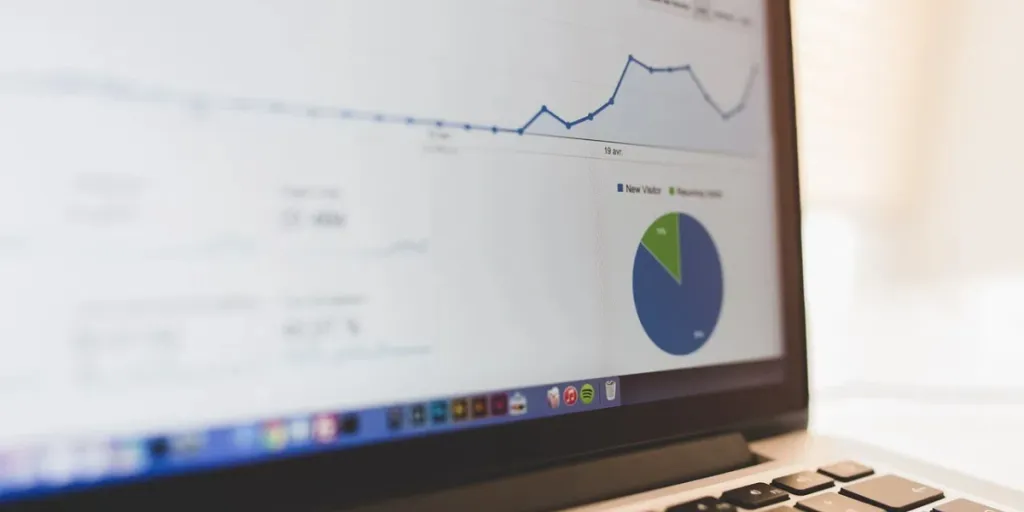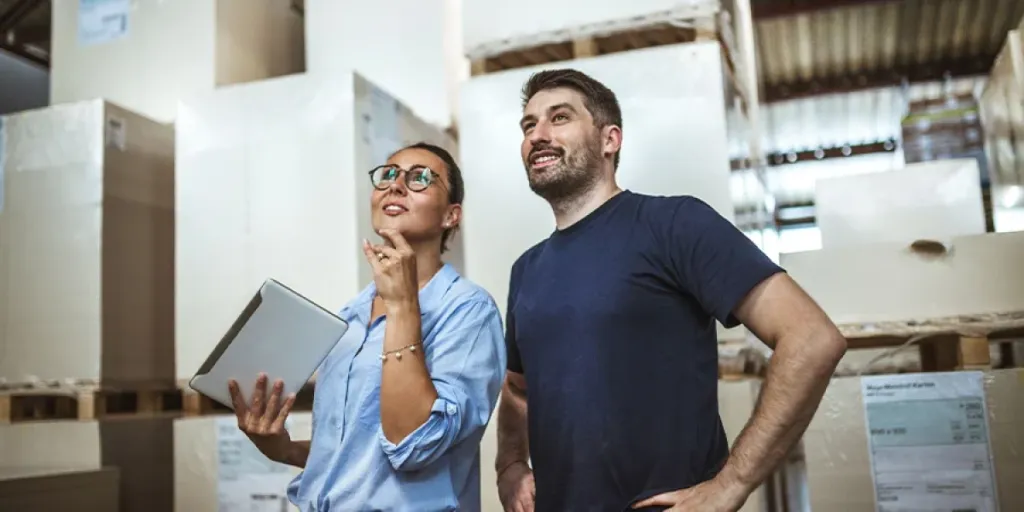Im heutigen digitalen Zeitalter ist eine Website nicht nur ein Werkzeug, sondern eine grundlegende Notwendigkeit für Unternehmen. Sie dient als Plattform, um eine Online-Präsenz aufzubauen, die Markenbekanntheit zu steigern und Kunden anzuziehen, und sie kann sogar als vollwertiges Geschäft fungieren, um Produkte und Dienstleistungen online zu verkaufen. Eine Website ist nicht nur ein Gesicht, sondern ein leistungsstarker Kanal zur Steigerung von Umsatz und Gewinn.
Das Design ist zweifellos wichtig. Eine gute Website sollte jedoch nicht nur einfach zu navigieren und ansprechend aussehen – sie sollte vor allem online leicht zu finden sein und daher eine SEO-Optimierung durchlaufen, die ein besseres Ranking in den Ergebnissen von Suchmaschinen wie Google und Bing ermöglicht.
SEO steht für Suchmaschinenoptimierung, die in vielen Formen auftritt. Heute liegt der Schwerpunkt dieses Artikels auf On-Page-SEO. Was ist also On-Page-SEO und warum ist es so wichtig, es in Ihrem Unternehmen umzusetzen? Lesen Sie weiter, um es herauszufinden!
Inhaltsverzeichnis
Was ist Onpage-SEO und warum ist es wichtig?
Über On-Page-SEO hinaus: Verschiedene Arten von SEO
Die wichtigsten Elemente der Onpage-SEO
Abschließende Gedanken
Was ist Onpage-SEO und warum ist es wichtig?
Websites sind wie Ökosysteme, die viele Entitäten enthalten: Seiten, Schaltflächen, Wörter, Links, Tags, Bilder und mehr. Bei On-Page-SEO geht es darum, nur die Elemente zu optimieren, die eine einzelne Seite füllen, damit Google die Seite an die Spitze der Suchergebnisse bringen kann.
Zu diesen Elementen zählen Titel und Untertitel (auch „H-Tags“ genannt), Keywords, Meta-Beschreibungen, URLs, Texte, Beschreibungen und Bildunterschriften von Multimedia-Inhalten sowie interne Links. Bei der Optimierung dieser Elemente sind vier zentrale Aspekte zu beachten.
Über On-Page-SEO hinaus: Verschiedene Arten von SEO
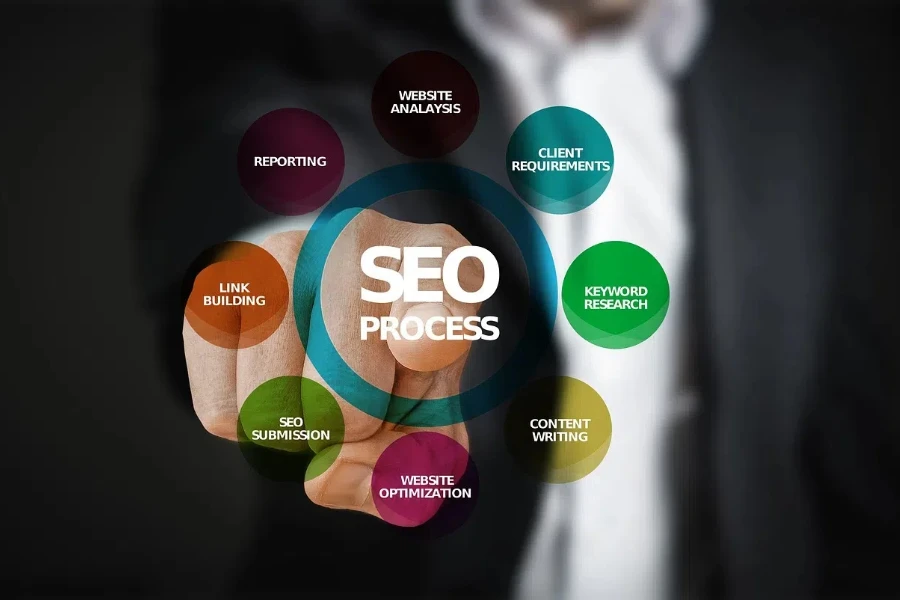
Verschiedene Kategorien der Suchmaschinenoptimierung spielen eine entscheidende Rolle bei der Bestimmung des Rankings Ihrer Website bei Google und anderen Suchmaschinen, wenn Benutzer nach Abfragen suchen.
Die wichtigsten Arten von SEO, die Webadministratoren auf einer Website durchführen können, sind Onpage-SEO, Onsite-SEO, technisches SEO und Offpage-SEO. Dieser Artikel konzentriert sich auf Onpage-SEO, daher finden Sie alle Details und Techniken weiter unten.
Wie sich Onsite-SEO von Onpage-SEO unterscheidet
Onsite-SEO wird oft mit Onpage-SEO verwechselt. Dabei handelt es sich um die Gesamtoptimierung der gesamten Website, nicht nur einzelner Seiten, und umfasst strukturelle und inhaltliche Elemente, die das Benutzererlebnis verbessern. Onsite-SEO umfasst:
- Website-Struktur und Benutzererfahrung (UX): Eine gute Website sollte eine logische und übersichtliche Struktur aufweisen, damit Benutzer problemlos navigieren können und Google sie problemlos crawlen kann.
- Die Ladegeschwindigkeit von Webseiten: Damit ist gemeint, wie schnell ein Browser die Seiten einer Website laden kann. Je höher die Geschwindigkeit, desto höher die Platzierung.
- Handy-Kompatibilität: Im Smartphone-Zeitalter muss jede Website auf mobilen Geräten perfekt dargestellt werden.
- Sicherheit: HTTPS-Protokoll und SSL-Zertifikate Stellen Sie sicher, dass eine Site sicher ist.
Die Rolle der technischen SEO
Technisches SEO geht Hand in Hand mit Onsite-SEO, da es sich auf die Optimierung technischer Aspekte einer Website konzentriert, um sicherzustellen, dass Suchmaschinen auf den Inhalt der Website zugreifen, ihn indizieren und verstehen können. Die Hauptelemente des technischen SEO sind:
- Robots.txt-Dateioptimierung: Um zu verwalten, welche Teile einer Website Suchmaschinen indizieren können.
- XML-Sitemap: Das Erstellen und Übermitteln einer Sitemap hilft Suchmaschinen dabei, Seiten zu entdecken und in Suchergebnissen anzuzeigen.
- Datenstruktur: Strukturierte Datenmarkierungen ermöglichen Suchmaschinen, den Inhalt einer Site besser zu verstehen.
Off-Page-SEO
Offpage-SEO betrifft alles, was außerhalb der Website passiert, verbessert aber deren Positionierung in Suchmaschinen. Es ist entscheidend für den Aufbau der Autorität einer Website und die Steigerung des organischen Traffics.
- Linkaufbau und Gastbeiträge: Eine gute Website verfügt immer über hochwertige Links von anderen Websites.
- Sozialen Medien: Werbung für die Website durch soziale Medien erhöht die Sichtbarkeit und den Verkehr.
- Markenerwähnungen: Suchmaschinen können sehen, wenn eine Website auf anderen Websites und Online-Plattformen erwähnt wird.
Die wichtigsten Elemente der Onpage-SEO
Das Ziel der Suchmaschinenoptimierung besteht darin, die organische Positionierung in Suchmaschinen durch verschiedene Techniken zu verbessern.
Während Offpage-SEO Aktivitäten im Zusammenhang mit dem Erwerb von Backlinks durch Linkaufbau und digitale PR umfasst und es bei der technischen SEO ausschließlich um die Code-Optimierung geht, konzentriert sich Onpage-SEO auf eine Reihe von Elementen, an denen Sie arbeiten können, um einer Website ein hohes Ranking zu verschaffen.
Die Rolle von Inhalten, Schlüsselwörtern und Tags

Bei der Optimierung einer einzelnen Webseite ist der Inhalt König. Jeder Autor oder Texter muss sich in die Lage des Benutzers versetzen und versuchen, durch sorgfältig recherchierte Schlüsselwörter die sogenannte „Suchabsicht“ vorwegzunehmen.
Jeder auf einer Seite veröffentlichte Inhalt sollte um ein einziges primäres Schlüsselwort und einige sekundäre Schlüsselwörter herum aufgebaut sein, die eng mit dem Thema des Textes verbunden sind. Das primäre Schlüsselwort muss auch erscheinen im Titel (H1), Untertitel (H2 und H3), und natürlich im Text.
Allerdings ist es wichtig, „Keyword Stuffing“ zu vermeiden, also die zu häufige oder unnatürliche Verwendung des Schlüsselworts. Ein solches Verhalten könnte sogar zu Rankingverlusten der Website führen.
Verbesserung des Benutzerengagements für Onpage-SEO
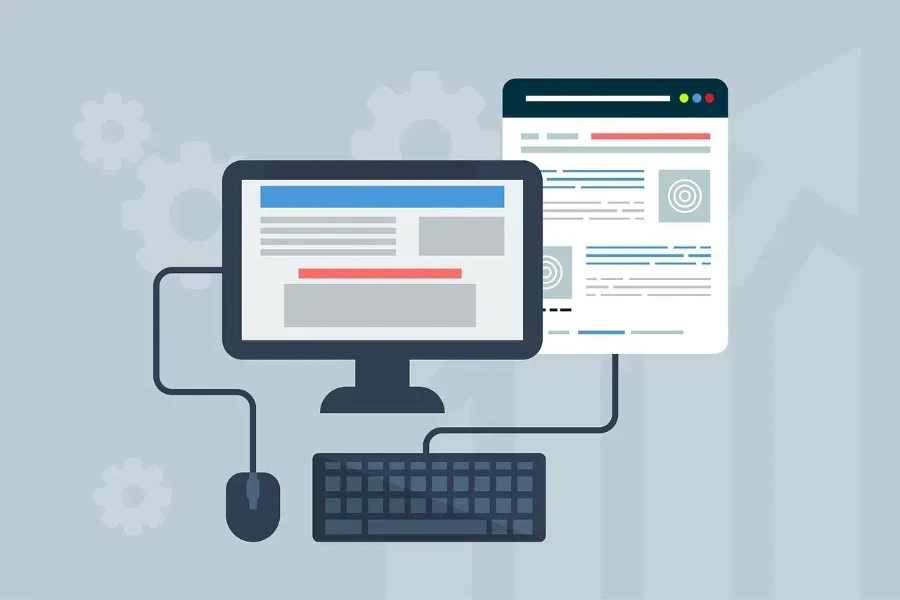
Suchmaschinen verwenden einige Kennzahlen, um das Interesse von Website-Besuchern an einer bestimmten Seite oder Website zu bestimmen: Seiten pro Sitzung, Absprungrate und Klickrate (CTR). Auch hier gilt: Je besser diese Werte sind, desto höher ist das Ranking, denn Google möchte den Nutzern die Inhalte zeigen, die sie am meisten interessieren.
Und das ist noch nicht alles. Die Anzahl der Seiten pro Sitzung – die Anzahl der Seiten, die ein einzelner Benutzer besucht, bevor er sie verlässt – hilft Unternehmen auch dabei, Website-Fehler zu erkennen, die die Navigation beeinträchtigen. Die Absprungrate zeigt die Benutzerzufriedenheit an. auf einer Landingpage: Je höher der Wert, desto weniger Engagement erzeugt die Seite. Durch die Analyse der Seiten mit einer hohen Absprungrate können Sie verstehen, wie Sie eingreifen müssen, um die Seiten pro Sitzung zu verbessern.
Schließlich gibt es noch die Klickrate (CTR), also die erste Interaktion eines Benutzers mit der Website. Wenn dieser Wert niedrig ist, fand der Benutzer die Meta-Beschreibung und den Titel-Tag in den SERPs weder spannend noch für seine Suche relevant.
Sind Links bei der Onpage-SEO wichtig?

Genau an der Schnittstelle zwischen Onpage-, Onsite- und technischer SEO haben Links einen erheblichen Einfluss auf die Optimierung jeder einzelnen Seite einer Website.
Erstens sollte jede Seite mindestens ein paar interne Links enthalten, die auf andere Seiten derselben Website verweisen. Dann ist es immer eine gute Idee, einige externe Links einzufügen. Dabei handelt es sich um Links zu Inhalten auf anderen Websites, vorzugsweise mit hoher Domänenautorität und bekannter Bekanntheit in Ihrer Branche.
Eine Website, die langsam lädt und für mobile Geräte reaktionsschneller sein muss, deren Seiten von Suchmaschinen-Spidern nicht gescannt werden können und die das HTTPS-Protokoll nicht einhalten, wird in den SERPs nicht hoch eingestuft. Links sind entscheidend, da sie den Benutzer und die Suchmaschinen-Spider leiten. Aus diesem Grund schadet ein defekter Link, der zu Fehler 404 führt, der Site erheblich.
Meta-Beschreibungen und Alt-Tags
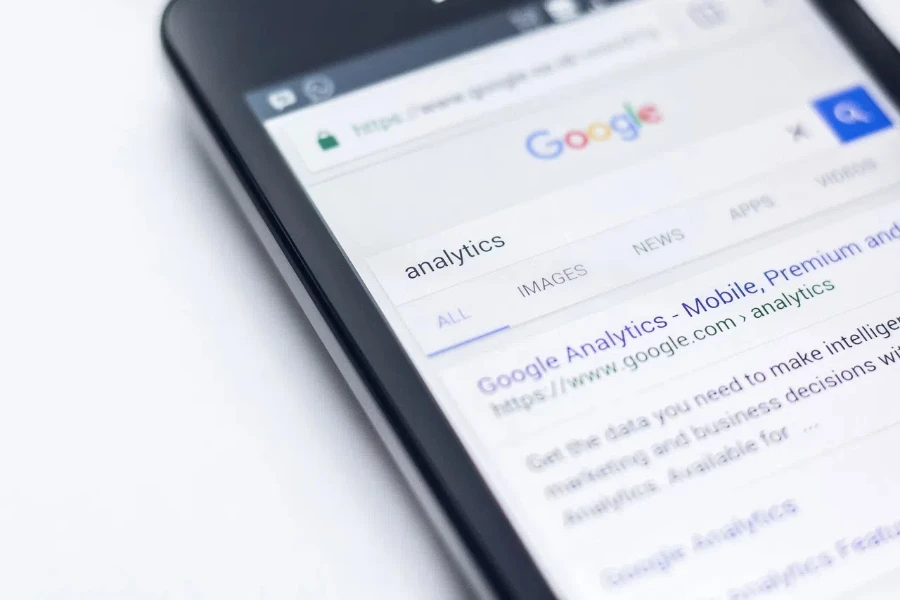
Die Meta-Beschreibung ist eine Zusammenfassung des Inhalts einer Webseite, die Suchmaschinen in Suchergebnissen unter dem Seitentitel anzeigen. Obwohl sie die SEO-Positionierung nicht direkt beeinflusst, ist eine gut formulierte Meta-Beschreibung wichtig, da sie die Klickrate erhöht, was bedeutet, dass ein Benutzer bei Interesse wahrscheinlich auf den Link in den Suchergebnissen klickt.
Die Meta-Beschreibung bietet Benutzern eine Vorschau des Seiteninhalts und hilft ihnen dabei, festzustellen, ob dieser ihren Anforderungen entspricht. Dies führt zu mehr Engagement und längerer Verweildauer auf der Website. Dies kann auch die Absprungrate verringern und das Benutzererlebnis verbessern. Natürlich sollte jede Meta-Beschreibung die auf der Seite verwendeten primären Schlüsselwörter enthalten.
Das Alt-Tag (alternativer Text) ist ein leistungsstarkes Tool für Inklusivität. Es wird verwendet, um den Inhalt von Bildern auf einer Webseite zu beschreiben und sie für blinde oder sehbehinderte Benutzer, die Bildschirmleseprogramme verwenden, zugänglich zu machen. Aber seine Vorteile gehen darüber hinaus. Es spielt auch eine entscheidende Rolle bei der Suchmaschinenoptimierung und ist daher ein Muss für jeden Webentwickler.
Suchmaschinen verwenden das Alt-Tag, um den Inhalt von Bildern zu verstehen. Genaue und relevante Beschreibungen können das Ranking von Bildern in den Bildsuchergebnissen verbessern und so den Verkehr auf der Website erhöhen. Die Aufnahme relevanter Schlüsselwörter in Ihre Alt-Tags kann dazu beitragen, die allgemeine Relevanz Ihrer Seite für diese Schlüsselwörter zu verbessern und so Ihr Suchmaschinen-Ranking zu verbessern.
Abschließende Gedanken
Was ist also On-Page-SEO? Kurz gesagt handelt es sich dabei um eine Gruppe von Techniken, die verwendet werden, um die Sichtbarkeit und das Ranking einer Webseite in den Suchmaschinenergebnissen zu verbessern. Jedes Element, vom Inhalt bis zu den Schlüsselwörtern, von den Metabeschreibungen bis zu den Alt-Tags, spielt eine entscheidende Rolle für den Erfolg der Website in Bezug auf organischen Verkehr und Benutzerinteraktion.
Die Implementierung einer effektiven Onpage-SEO-Strategie erfordert Liebe zum Detail und ein tiefgreifendes Verständnis des Benutzer- und Suchmaschinenverhaltens. Die Vorteile in puncto Sichtbarkeit, Verkehr und Konvertierung rechtfertigen diesen Aufwand jedoch. Eine ordnungsgemäße SEO-Optimierung kann den Umsatz und die Kundenbindung für Unternehmen, Online-Shops, Blogger und Freiberufler erheblich steigern und die Website zu einer entscheidenden Ressource für den Geschäftserfolg machen.
